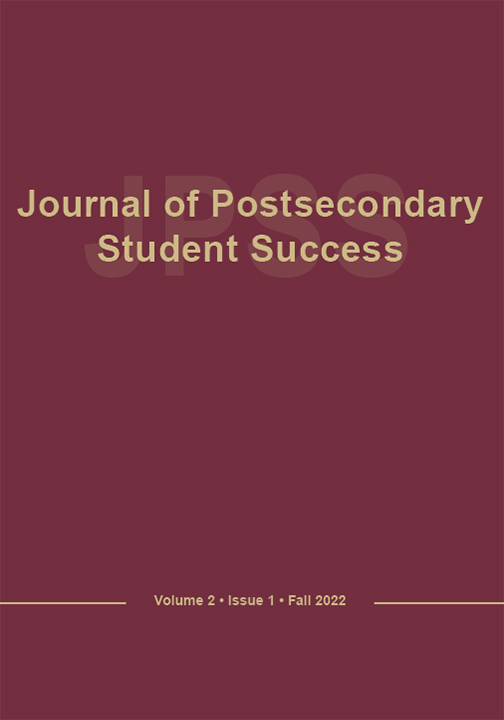Abstract
Data-informed decision-making is no longer an optional or occasional practice, as higher education professionals now routinely respond to calls for accountability by providing data to show how their work impacts students. Institutions are operating with a culture that, at a minimum, includes the use of descriptive and diagnostic analyses to assess how students have performed, as well as real-time analyses to monitor current progress. Such regular data use provides a foundation for more advanced examinations to predict student outcomes, and those forecasts will ultimately inform the prescription of specific interventions to help students succeed. However, prescribed solutions are only effective when delivered with appropriate levels of care and consideration of students’ needs and perspectives. In this essay, I describe the challenges and opportunities of advancing from prediction to prescription and I present four tactics for how professionals can do so with student-centered approaches.

This work is licensed under a Creative Commons Attribution 4.0 International License.
Copyright (c) 2022 Amelia Parnell
